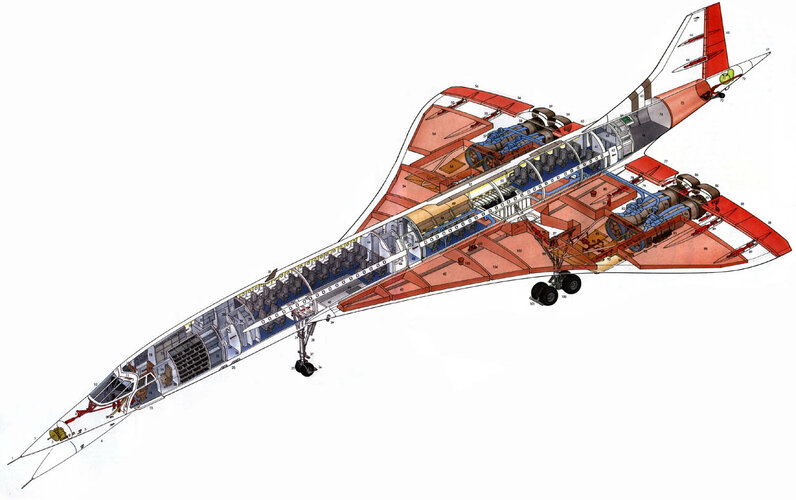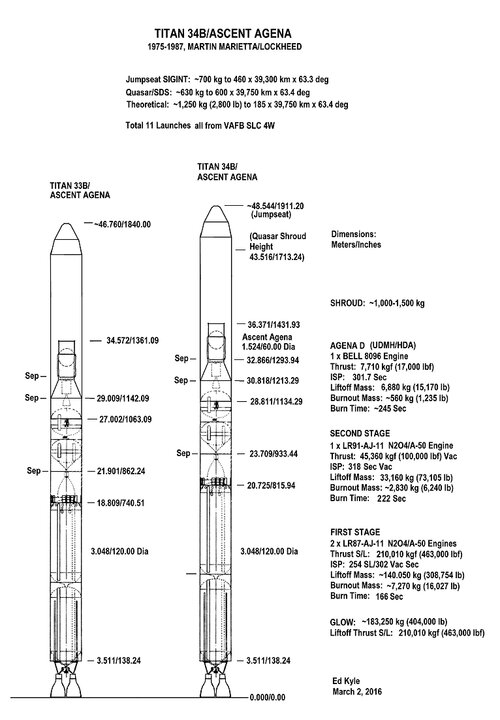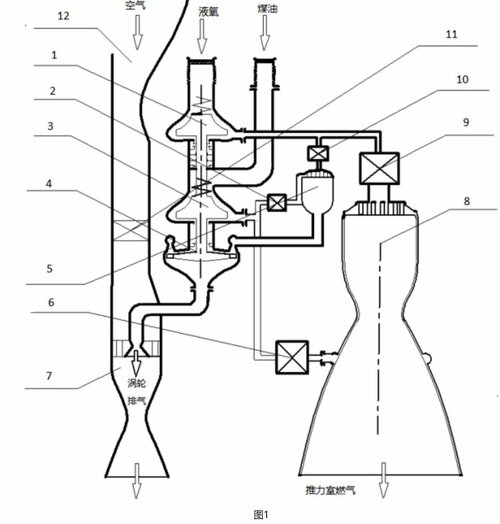"Analysis of ballistic trajectories indicates that with a speed of 6 km/s and a launch angle of 30 degrees, a distance of 5,000 km is reached in one hop, with a maximum altitude of 250 km. Henceforth, London to New York (5700 km) can be accomplished in two hops with an insertion velocity of 6 km/s; while London to Tokyo (10 000 km) can be done in three hops with an insertion velocity 6.1 km/s.
Further analysis of a boost-glide-skip-glide flight path indicates that a 7 km/s (23,000 ft/s) capable transatmospheric aerospace plane could achieve a range capability of approximately 22,000 nautical miles over 12 complete cycles: global range. The trip would take 97 minutes: a bit more than one hour and a half."
Further analysis of a boost-glide-skip-glide flight path indicates that a 7 km/s (23,000 ft/s) capable transatmospheric aerospace plane could achieve a range capability of approximately 22,000 nautical miles over 12 complete cycles: global range. The trip would take 97 minutes: a bit more than one hour and a half."
Last edited:





